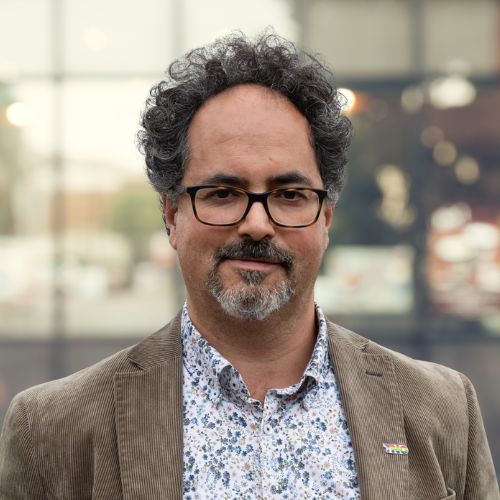
Study solar systems in dairy farming launched
This autumn, a project will start to explore the opportunities of generating solar energy on the grass production land of dairy farms. SolarMilk is the first Dutch project to focus entirely on the integration of ground-mounted solar systems in dairy farming, with the maintaining of farming activity as the starting point.
Solar power hosted by the farmer
Combining agriculture and electricity generation could provide a solution to the challenges society faces when it comes to climate change. This is also stated in the recent letter to parliament from the Minister for Housing and Spatial Planning.
SolarMilk is an initiative of research institute TNO, Wageningen University & Research, landscape developer Eelerwoude, and solar park developers Novar, LC Energy, and Statkraft. This four-year project originated within the Sun in Landscape National Consortium and received a grant of 2.2 million euros from the Ministry of Economy and Climate Policy. The initiative is in line with the government's commitment to multiple use of space in solar parks where the agricultural function of land is preserved, or 'solar power hosted by the farmer'.
Experiments with solar systems over fruit growing and arable farming are already under way in the Netherlands, and in Germany and elsewhere several systems have already been installed within dairy farming with encouraging initial results. As dairy farming uses about 65% of Dutch agricultural land, the project also sees potential here. Agri-PV can diversify farmers' income streams, which can create financial space to more easily bear sustainability measures for nitrogen reduction, for example.

Four test fields with different systems
The main goal of SolarMilk is to develop a practical design methodology for combining grass production and electricity generation within social and societal frameworks. This methodology should be applicable in a variety of fields and reflect the economic impact on the dairy farm.
To arrive at a reliable design methodology, four test fields, each the size of 1.3 hectares, will be set up on sandy and clay soils, in which various measurements will be taken over several growing seasons. At these test fields, the focus is on as-yet little-used vertical and solar tracking systems with space for grass production and machine cultivation. The impact on grass yield, feed quality, and electricity generation will be monitored.
The measurements are linked to and complemented by financial information and economic data from dairy farms. These are the building blocks to arrive at a design methodology for combinations of dairy farming and solar energy within socially desired frameworks. Immediately after the completion of the project, the design methodology will be made available to the industry.
Furthermore, public support is being studied in design workshops with stakeholders, to explore and exploit more linkage opportunities such as water storage or biodiversity restoration.
Within the Sun in Landscape National Consortium, interim results are exchanged with other Agri-PV projects such as Sunbiose and Symbizon, where the focus is on fruit growing and arable farming.
Get inspired
Ecological solar farms


